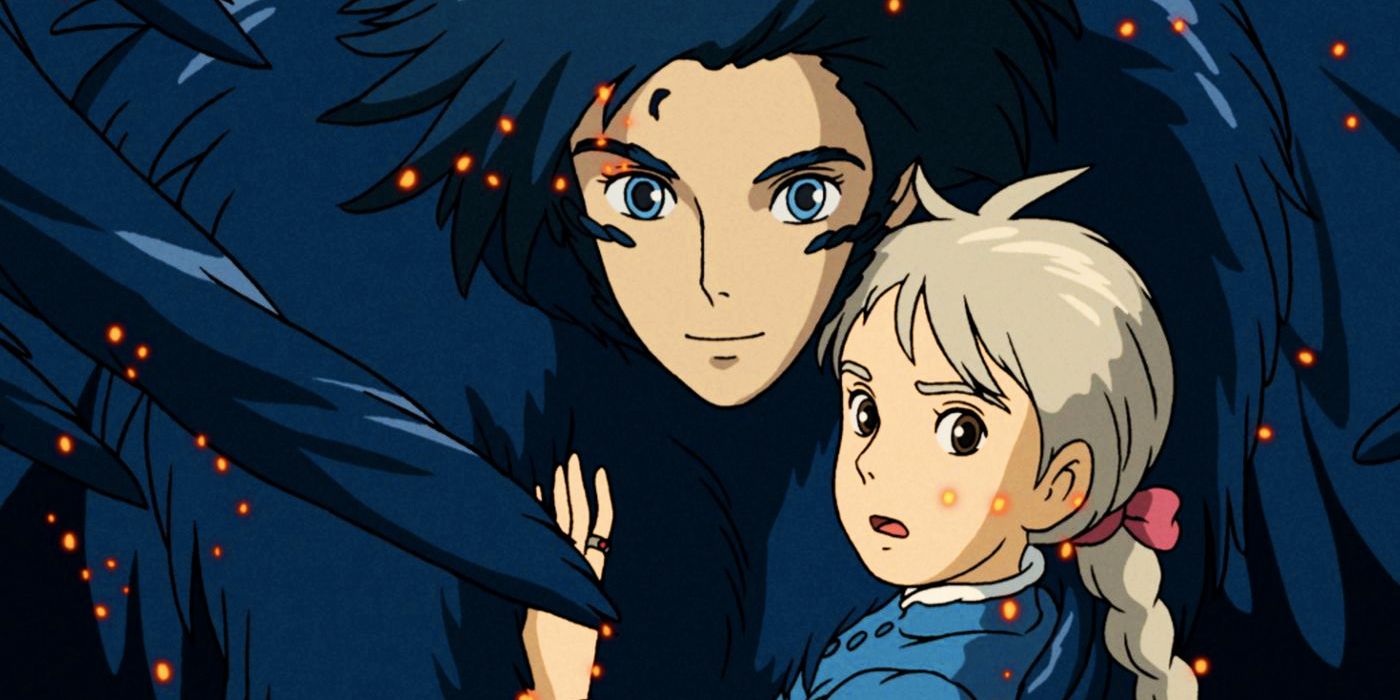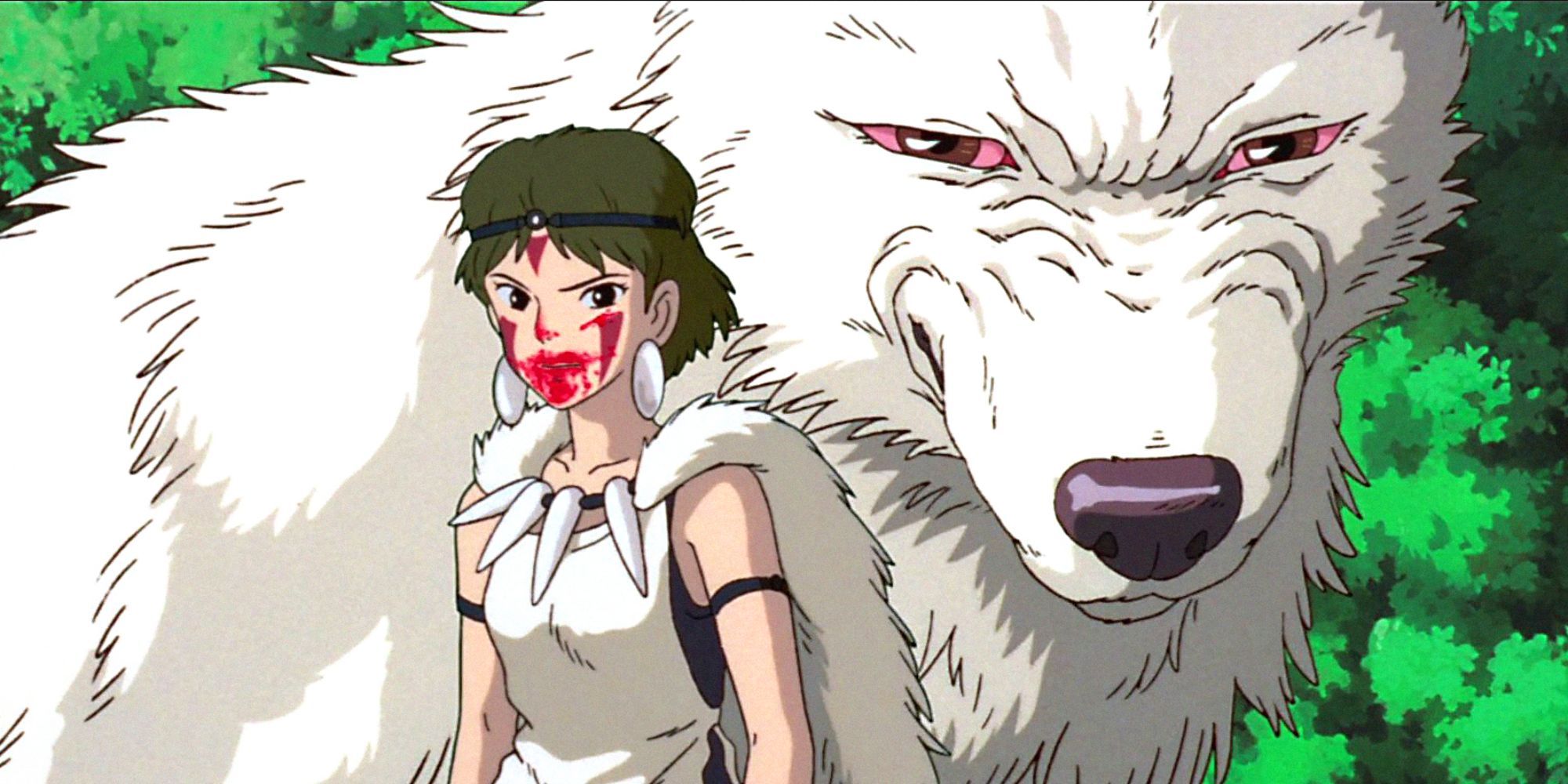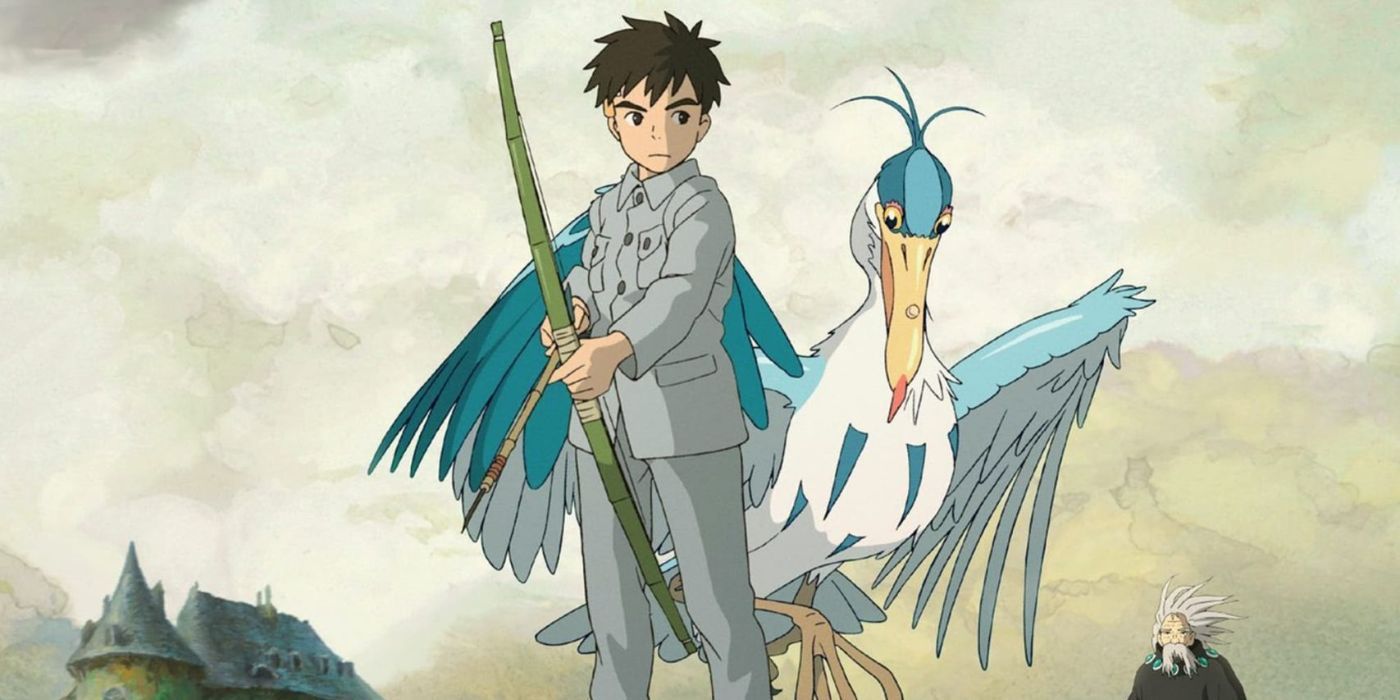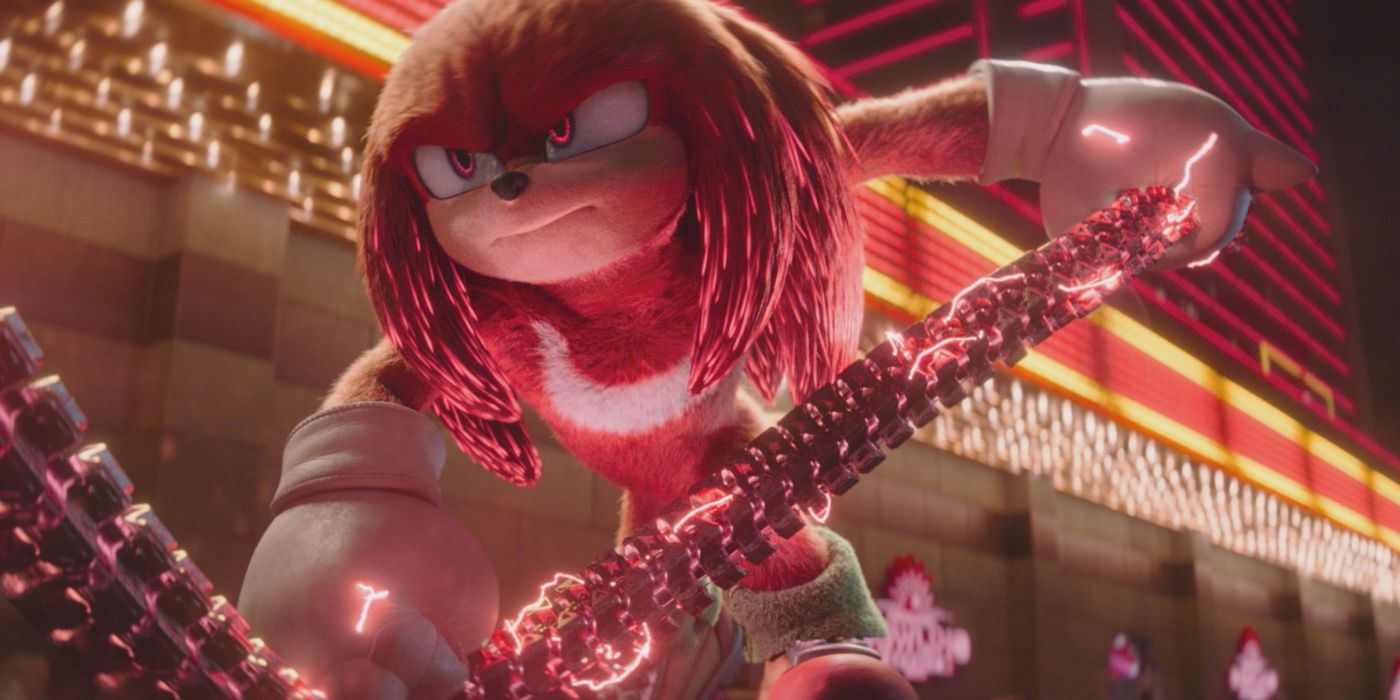The Big Picture
- Joe Hisaishi has composed the scores for nearly all of Hayao Miyazaki’s films, making him the unsung hero behind Studio Ghibli’s greatest hits.
- Hisaishi’s music perfectly complements Miyazaki’s storytelling, enhancing the emotional depth and fantastical nature of the films.
- The Boy and the Heron may be Miyazaki’s final film and marks the first time Hisaishi has been recognized by a major Western awards show, solidifying his status as a renowned composer.
Accompanied by every beautiful frame in a film is a melodious score. This is especially the case for productions by Studio Ghibli, common knowledge to even casual viewers of these films. Powerful scores are even more prominent in films by Hayao Miyazaki, who has directed legendary, on-screen tales like Spirited Away and My Neighbor Totoro. Miyazaki films tend to invoke every emotion from bittersweetness to delight, often due to the scores by composer and conductor Joe Hisaishi. Hisaishi is the unsung hero of most of Miyazaki’s films, creating music that is the perfect accompaniment to hand-drawn landscapes. Whether the main characters discover a moving castle or make bakery deliveries by broomstick, Hisaishi makes the best music to further enhance the stories being portrayed on screen.
The Boy and the Heron
A young boy named Mahito yearning for his mother ventures into a world shared by the living and the dead. There, death comes to an end, and life finds a new beginning. A semi-autobiographical fantasy from the mind of Hayao Miyazaki.
- Release Date
- December 8, 2023
- Cast
- Soma Santoki , Masaki Suda , Takuya Kimura , Aimyon
- Rating
- PG-13
- Runtime
- 124 minutes
- Production Company
- Studio Ghibli, Toho Company
Joe Hisaishi Has Created the Score for Every Miyazaki Movie Except for One
Joe Hisaishi has been working for Hayao Miyazaki for years, starting their magical collaboration with Nausicaa of the Valley of the Wind, which was released in 1984. The success, as well as the beauty, of this film and its score, was the start of one of the industry’s most consistent and accomplished duos. Every film directed by Miyazaki has also been scored by Hisaishi since then, right up until the most recent entry, The Boy and the Heron. Meaning, that for approximately 40 years, Hisaishi’s music has been the underlying voice of some of Studio Ghibli’s greatest hits.
Hisaishi’s musical endeavors extend far beyond Studio Ghibli films, and well before them. He has composed for many other films, as well as released solo albums of a variety of genres. One of his other expert scores done outside of Studio Ghibli was for the 2008 film Departures, which was the first Japanese film to win the Academy Award for Best International Feature Film. His unwavering success in creating the most moving film scores has even earned him the title of being Japan’s John Williams.
The one Miyazaki film that Hisaishi did not score was The Castle of Cagliostro in 1979. The action film, the first feature made by the acclaimed director, is considered one of the most influential animated films of all time. Its score was composed by Yuji Ohno, who has composed for a variety of Lupin lll television shows and anime series. The Castle of Cagliostro was also not a Studio Ghibli production.
Why Are Joe Hisaishi’s Scores & Hayao Miyazaki’s Stories a Perfect Match?
Hayao Miyazaki’s features by Studio Ghibli combine comfort with powerful, emotional messages, and Joe Hisaishi’s musical storytelling brings them to the next level. The music, whether it be a few simple notes or complex melodies, goes hand-in-hand with Miyazaki’s wide-eyed characters who experience growth throughout their epic, fantastical adventures.
Spirited Away, first released in 2001, tells the story of a young girl who becomes enveloped in the spirit world after her parents are turned into pigs, and must live and work in a bathhouse to return to the human world. The film opens with young Chihiro traveling in the car to her new home with the sounds of a piano in “One Summer’s Day,” playing a playful yet nostalgic melody that encapsulates a core, childhood memory. As Chihiro becomes trapped in the world of spirits and adjusts to her new, often stressful, life at the bathhouse, the songs add more and more orchestral sounds in pieces such as “The Dragon Boy” and “It’s Hard Work.” However, the most beautiful song on the track is “The Sixth Station.” The piano being the foundation of the score is revisited as Chihiro travels again, this time on a train that glides through a vast ocean after a long night of rain. As the young girl takes in the views of vast landscapes flying behind them, and approaches the end of her formative adventure, the score incorporates majestic strings with the piano. Hisaishi’s music during this scene is the perfect, auditory representation of realizing that life is beautiful no matter how stressful it can be, and no matter how fast it rushes past us.
Another fantastic score of Hisaishi’s was featured in My Neighbor Totoro in 1988. This wonderfully evocative tale is about sisters Satsuki and Mei in rural Japan, moving into a house that they believe is haunted. What they discover are friendly spirits, who exist in the woods that surround their new home. The character Totoro and the film itself have reached such levels of film and pop culture fame that the affable spirit has since become Studio Ghibli’s mascot and logo. The film’s most exciting musical moments that best capture the film are in songs like “A Haunted House!” and “Mei and the Dust Bunnies.” The upbeat and mystical percussion instruments as the young girls run through their home with excitement and curiosity are undoubtedly a musical highlight of the film. This is another example of Hisaishi’s composition embodying a childhood memory, of a time when everything was a thrilling experience.

How Studio Ghibli’s Hayao Miyazaki Reinvented Common Fairy Tales
Western fairytale tropes reinvented.
Hisaishi’s composing reached another peak in Howl’s Moving Castle, released in 2004. Adapted from a novel of the same name, the story follows a young hatmaker who is turned into an old woman and eventually stumbles upon the wizard Howl and his castle. The waltz-like theme is the poster child of Studio Ghibli music because of the emotions it invokes. Once again, the combination of piano and strings worked well in such a passion project as a Miyazaki film. Howl’s Moving Castle‘s theme is hopeful yet wistful, a flawless melody for telling an anti-war story growing old, and how it is something to look forward to as opposed to being something to fear. This is ultimately the superpower of Hisaishi and his work. The ability to tell stories without using any words or visuals is an impressive feat. Even further, Miyazaki’s films are centered around themes that are unafraid to explore life, death, and what may lie beyond the realm of possibility. Hisaishi’s scores not only work well with Studio Ghibli’s breathtaking animation but also inspire creativity and imagination for people of all ages.
Joe Hisaishi Deserves His Flowers This Award Season
Released this year, The Boy and the Heron may be Miyazaki’s final film. This would also signal the end of his collaboration with Hisaishi, who may have done his best work in the 2023 film. The film has a more somber, serious tone compared to some past Studio Ghibli films, which is reflected in the music. This is best heard in the film’s earliest appearances of the mischievous heron, whose arrival is signified by lone piano notes, which sound like both the beginning and the end of something. From the tumultuous and tragic music at the start of the film to the solemn and bittersweet finale that may or may not represent the end of Studio Ghibli, Hisaishi’s compositions reach their peak with Miyazaki’s most personal, passionate story yet.
With the release of The Boy and the Heron and the upcoming Golden Globes, this is the first time Joe Hisaishi and a film score of his has ever been nominated and recognized at a major awards ceremony in the United States. While Hisaishi has previously won seven Japanese Academy Prizes, The Boy and the Heron marks the first time Hisaishi has been recognized by a prominent, Western awards show. As much of a compliment as it is, hopefully, 2023 is the year that Hisaishi is famous for being himself, a consistently successful composer, as opposed to being Japan’s John Williams, especially after years of composing some of the best scores in film history. Thanks to Joe Hisaishi’s music, some animated favorites like Princess Mononoke and Castle in the Sky make viewers feel both immortal and unstoppable, allowing us to understand that adventure and beauty can be found anywhere.
The Boy and the Heron is currently playing in theaters in the U.S.
Buy Tickets Here





